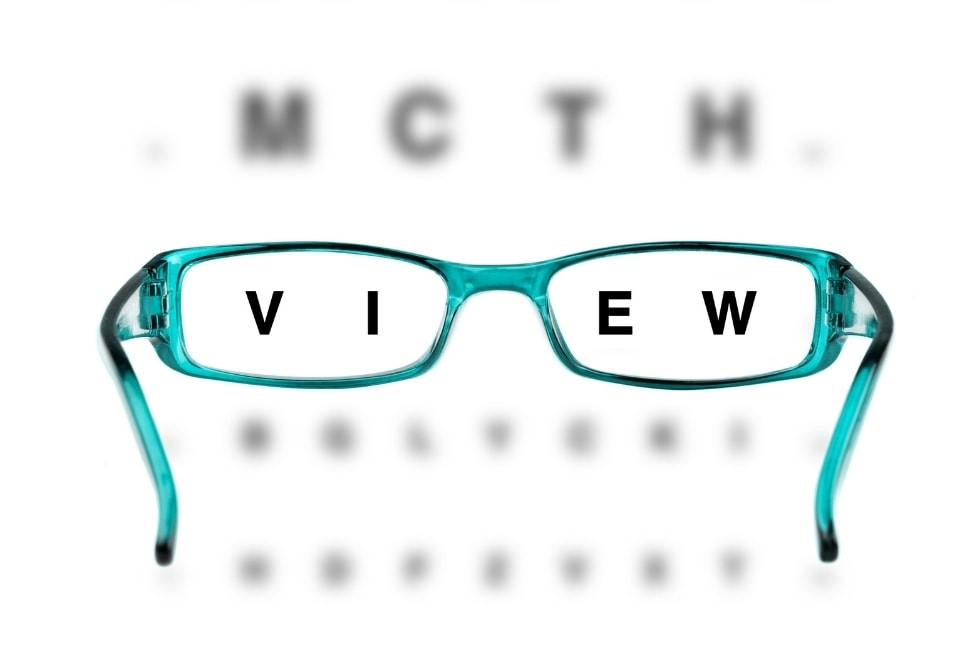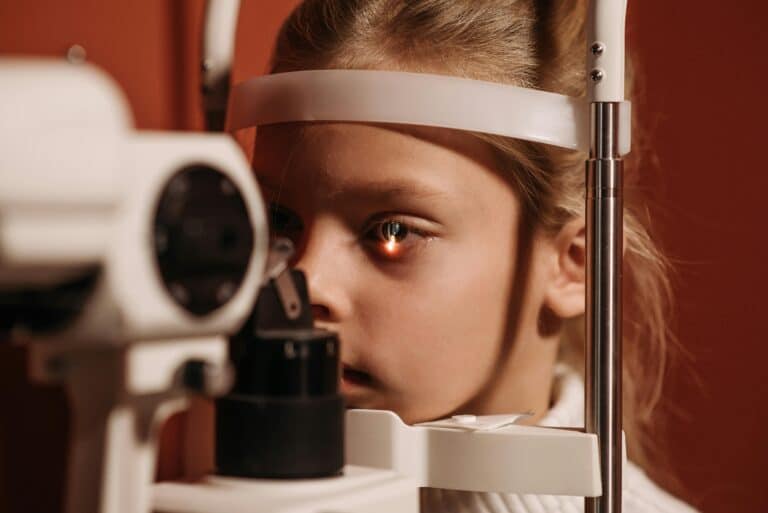Nearsightedness Explained
Despite advances in myopia control, most people still think that short-sightedness is just something that happens. “Most people think that you’re either short-sighted or you’re not,” says Gary Rodney, an internationally-recognised Fellow of the Academy of Orthokeratology and Myopia Control based in Sydney. “They also see the progression of myopia as being inevitable, but that’s not necessarily true. It’s important for people to have a better understanding of myopia and myopia control, particularly in children. It’s ironic that modern lifestyles are increasing the incidence of myopia at a time when its causes and treatment are better understood than ever before.”
Myopia Then and Now
The rising prevalence of myopia is all that’s needed to show that it’s not just a refractive error that glasses will fix. It’s a lifestyle problem with genetic roots, and it’s linked to much more serious eye conditions including glaucoma, retinal detachment, and an increased risk of blindness.
With myopia on the rise in the West, digital screens are bearing the brunt of the blame, but, says Gary, the rise in myopia was already noticed in Asia long before screens became part of daily life. “Broadly speaking, near work and lack of time spent outdoors in natural daylight seem to be the lifestyle changes that are affecting children’s eyesight,” says Gary. “Nowadays, near work quite often means screen time. However, long hours of study without a computer may have a similar effect.”
But there’s more to myopia than too much study and not enough outdoor play. “Genetics still play a role,” says Gary. “However, the expression of genes is determined, to some extent, by environmental factors, so it would be unwise to overlook their influence. The adverse effects of near work and the absence of the beneficial effects of time spent outdoors will have an impact, and a genetic predisposition to myopia would add to the potentially negative effects of both.”
How Eye Doctors Slow Myopia Progression
Progressive myopia first manifests itself in children. The younger they are when it begins, the faster it progresses. Later on, usually at around the age of 20 to 25, the progression of myopia slows down. However we now know there are certain categories of the population that continue to get worse even as adults. The eyeball continues to elongate and stretch and damage the retina. The thinking behind myopia control is logical. “If the progression of short sightedness can be slowed or stopped in children, the adult will have better vision,” says Gary. “As a result, children are the primary focus of myopia control interventions.”
Various treatments have been tested in clinical trials, and needless to say, there were some failures. “At one time, it was believed that providing corrective eyewear that helped myopic kids to see properly was part of the problem. Thankfully, a trial in which children were prescribed eyewear that wasn’t strong enough proved that forcing kids to struggle with their eyesight wasn’t going to solve any problems. We now know that the worse thing you can do to contribute to someone’s eyes getting worse is to under correct the prescription or to prescribe single focus distance glasses or contact lenses.”
At his practice in Mosman, Gary Rodney uses orthokeratology as a way to combat myopia in children. “Kids wear special contact lenses that reshape the cornea at night while they sleep. In most instances, myopia control is that easy,” says Gary, who also promotes the idea of more outdoor playtime. “There are various theories as to why playing outdoors in natural light slows the development and progression of myopia. Whatever the precise mechanism, it’s known that outdoor play makes a significant difference and is therefore to be recommended.”
“The ultimate goal for any optometrist would be the prevention of blindness. He or she will probably never know how many of today’s children are saved from blindness through myopia control interventions, but it’s a calling that can change lives and therefore one that Eyes in Design is passionate about.”
HEAR: Ultra106.5FM Interview with Gary Rodney – Covid and Myopia: What you need to know!
For more information on myopia and Smart Vision’s approach to myopia management, or to book an appointment, visit the Smart Vision website: Optometrists Sydney: Optometry Services For Children and Adults | Smart Vision; for specific information about Myopia treatment and prevention visit Myopia Prevention: Solutions, Control And Treatment In Sydney; and for detailed information about Myopia Treatment visit Orthokeratology In Sydney: The Non Surgical Alternative.
Download a DIY Myopia Prevention Strategy Checklist.
Myopia Prevention, Control & Management
Book Now to Take Control of Myopia







